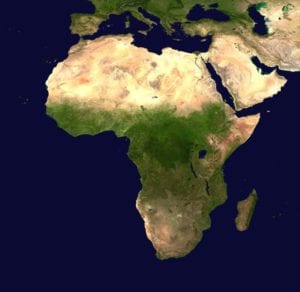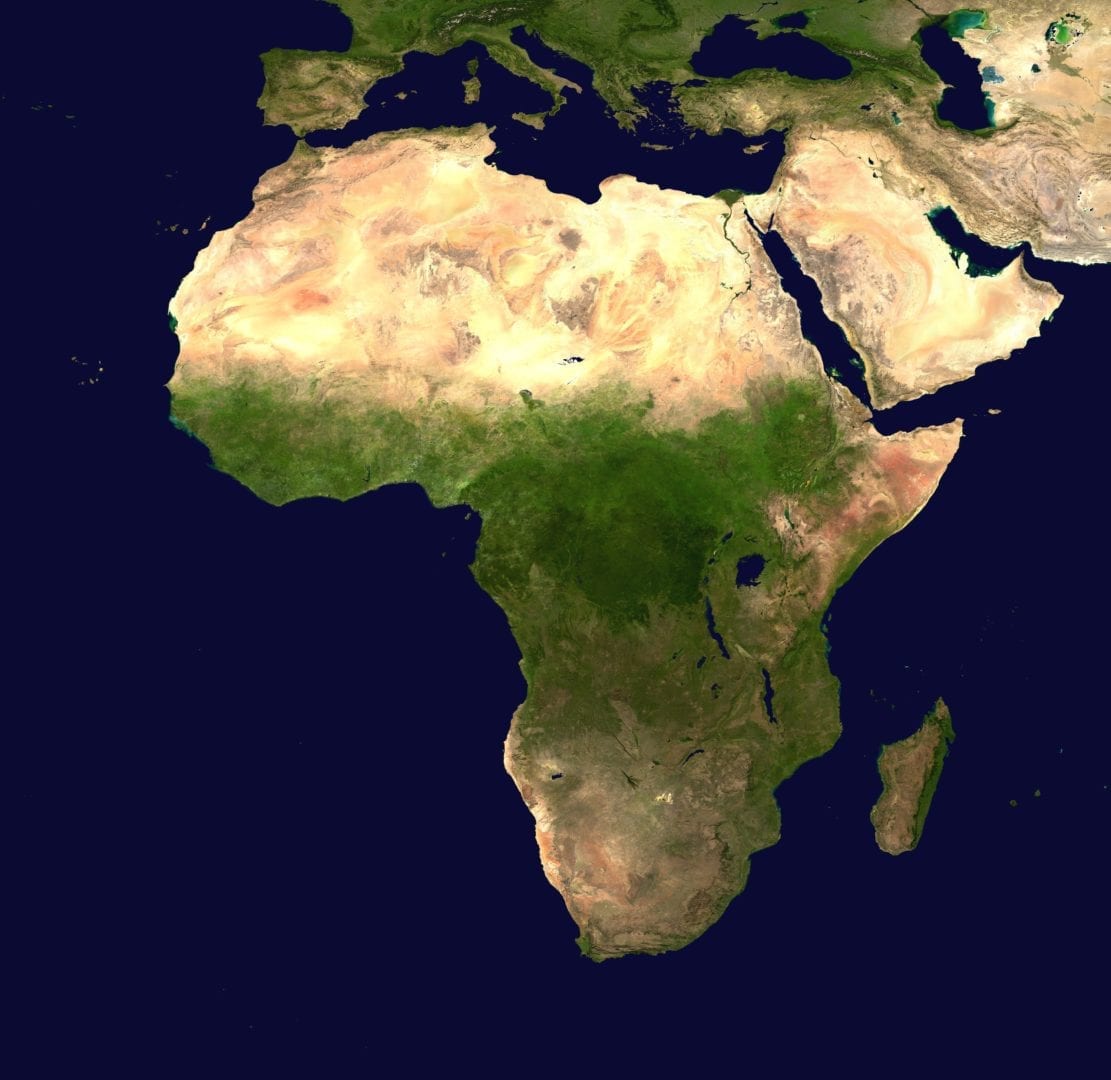“That puts a premium on making every drop count, underscoring the importance of meeting growing food production needs from efficiency gains,” she added.
Water scarcity in Africa and parts of the Middle East is now being tracked through the use of satellite data.
Information on the amount of water being used to irrigate crops is being tracked on an online database which makes use of satellite information and Google Earth images. Aside from water use for irrigation, the database also measures evapotranspiration – how water evaporates and returns to the atmosphere.
The database, which was created by the United Nations (UN) agricultural agency, has open-access.
Maria Helena Semedo, deputy director-general of the UN Food and Agricultural Organisation (FAO), said: “Water use continues to surge at the same time that climate change – with increasing droughts and extreme weather – is altering and reducing water availability for agriculture.









